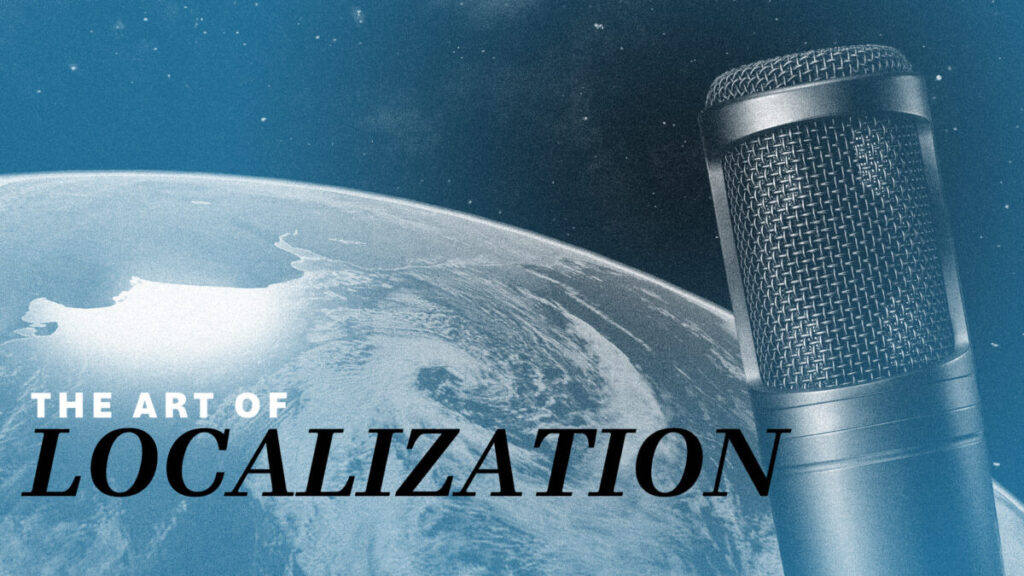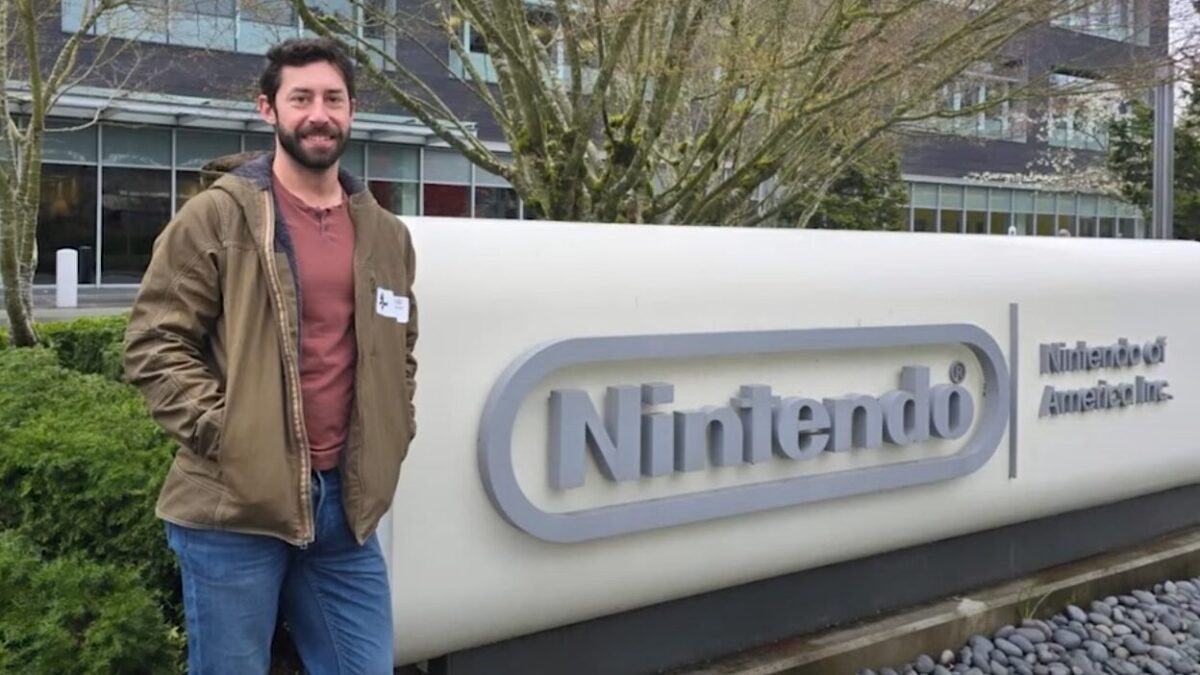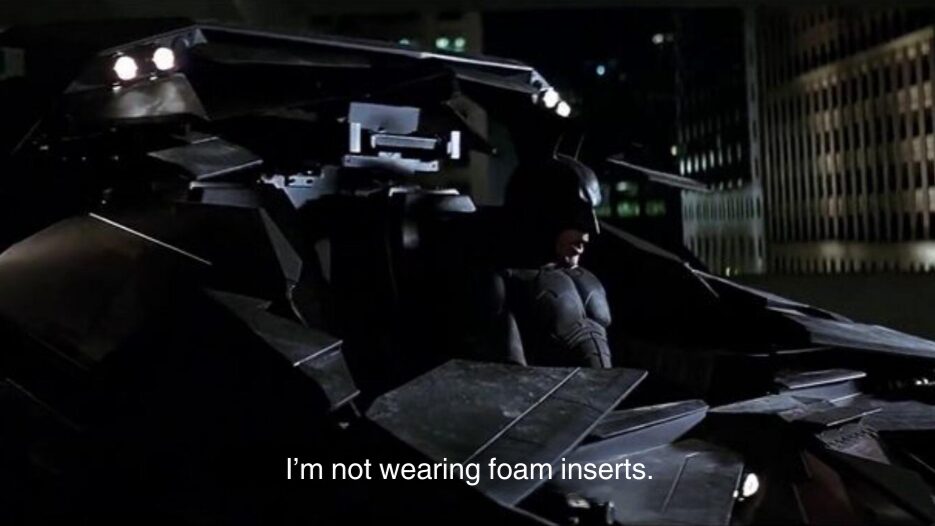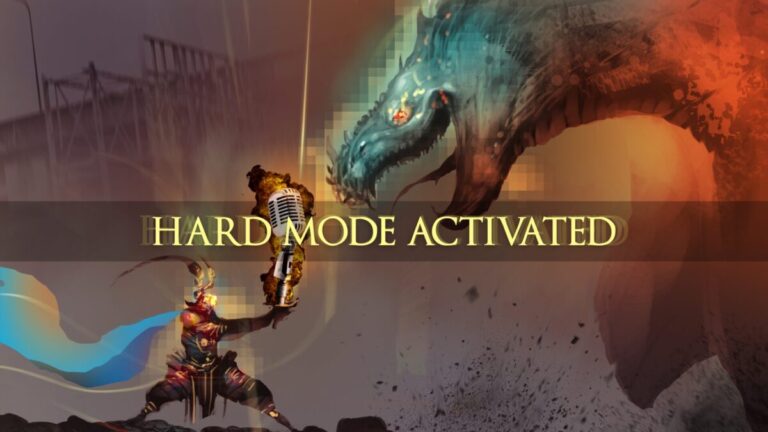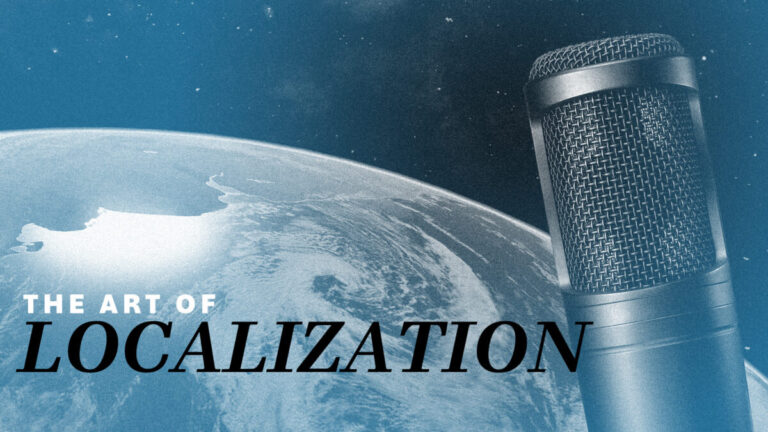We live in an unprecedented era of global storytelling. Our movies, games, novels, and even memes travel across oceans and time zones in the blink of an eye, exposing us to voices, legends, and jokes from cultures we’ve never set foot in. Yet for many of us—especially here in North America—being truly multilingual remains a tall order. That’s where the art of localization comes in.
Why “localization” instead of “translation”?
Translation is a word-for-word, sentence-for-sentence handoff from one language to another. It’s invaluable when you need a quick sense of meaning—think menus, manuals, or literal dialogue notes. But stories are built on nuance: the swagger in a hero’s boast, the sly dig in a villain’s underhanded remark, or the awkward pause of someone masking insecurity. These are conveyed not just by vocabulary, but by tone, rhythm, cultural reference, and even grammatical quirks that don’t exist outside the original tongue.
A classic example: Japanese often tacks on tiny particles to indicate things like questions, hesitation, or emphasis—particles we simply don’t have in English. And while English speakers from the U.K. might say “I’ll give you a ring,” in America it sounds oddly quaint. These subtleties remind us that moving a story intact across languages demands more than replacing words; it requires shifting expressions, reimagining jokes, and preserving the character voices that make us care.
The fast-paced world of media localization
Back in the age of Homer and Gilgamesh, translators—many of them poets in their own right—had years, if not decades, to craft graceful, enduring versions of epics. Today’s blockbuster films, must-binge anime, and sprawling role-playing games operate on schedules measured in weeks. Budgets are tight, teams are small, and deadlines loom. In anime dubbing, for example, localizers often send their scripts off long before the lip movements are final. When actors arrive in the booth, they find flaps of animation that rarely match the English cadence. Rather than delaying the entire production, directors, performers, and engineers scramble—tweaking lines on the fly, trimming or stretching syllables, and making compromises that can dilute character intention.
I’ve been fortunate to witness a rare exception. While recording for Fire Emblem: Three Houses, I visited Nintendo’s localization hub and walked into a room buzzing with about fifteen specialists. Each person wasn’t just bilingual; they were passionate linguists and writers who owned a single character’s dialogue. One crafted the proud commander’s stoic lines, another handled the sharp-tongued tactician, and so on. Their shared mission: to ensure every personality sparkled in English exactly as it did in Japanese—complete with unique speech patterns, humor, and emotional beats.
The result? A script that felt fresh and authentic, free from filler, awkward cultural references, or misplaced clichés. Every knight’s rallying cry and every confidant’s confession rang true, immersing players in a living, breathing world that just happened to speak English. That level of care is almost unheard of these days, and I still tip my hat to that team every time I boot up the game.
Why it matters—and what’s at stake
From a business standpoint, speed often wins. Investors and executives look at profits, not poetry, and ask: “How quickly can we launch?” That pressure trickles down to localizers who juggle tight pay and grueling hours to get the job done. When corners get cut, dialogue feels stiff, jokes fall flat, and emotional moments lose their punch. It’s not just about preserving cultural integrity; it’s about honoring the countless creatives—writers, animators, composers, actors—who breathe life into these worlds.
Imagine a blockbuster film’s climactic line mangled because of a lazy translation, or a game’s defining battle cry reduced to a flat, uninspired phrase. Fans notice. Critics notice. And over time, a brand’s reputation builds (or erodes) on these details.
Investing in localization as an art form
If I ever had the chance to build a localization studio, I’d pour resources into two key areas:
Dedicated character teams. Instead of one lone writer juggling fifty roles, assemble small squads—ideally one localizer per major character—so every voice gets the attention it deserves.
Integrated recording schedules. Bring localizers into the loop when animation or cinematics are still in flux. Early collaboration between scriptwriters, directors, and engineers minimizes last-minute scrambles and expensive re-sessions.
Yes, this approach costs more up front. But it elevates the entire entertainment property, builds long-term goodwill among fans, and ensures that when your story crosses borders, it lands with the same emotional force you intended.
Actors, directors, and composers often get the spotlight, but localization teams work in the shadows—translating not just words, but worlds. Next time you’re captivated by a foreign film or hooked on a dubbed anime, pause to appreciate the invisible artistry that made it possible. Because behind every well-timed joke and heartfelt monologue lies a chain of talent stretching from the original author to the localizer painstakingly weaving language and culture together.
In the end, localization isn’t a mere technicality. It’s an art form—and one that deserves as much respect, dedication, and investment as any other stage in the creative process. When done right, it transforms good stories into global phenomena. And that’s a tribute truly worthy of the storytellers who came before—and of the audiences hungry for tales that transcend borders.
If you’re ready to help tell these stories but don’t know what equipment you can start with, check out this free guide to creating a recording studio without breaking the bank.
